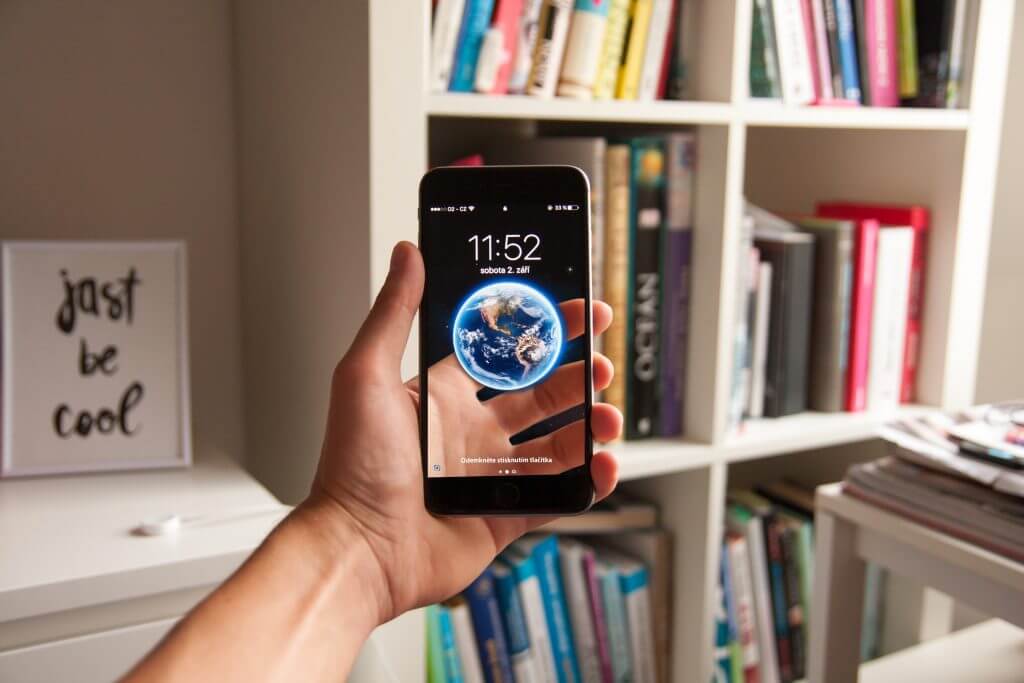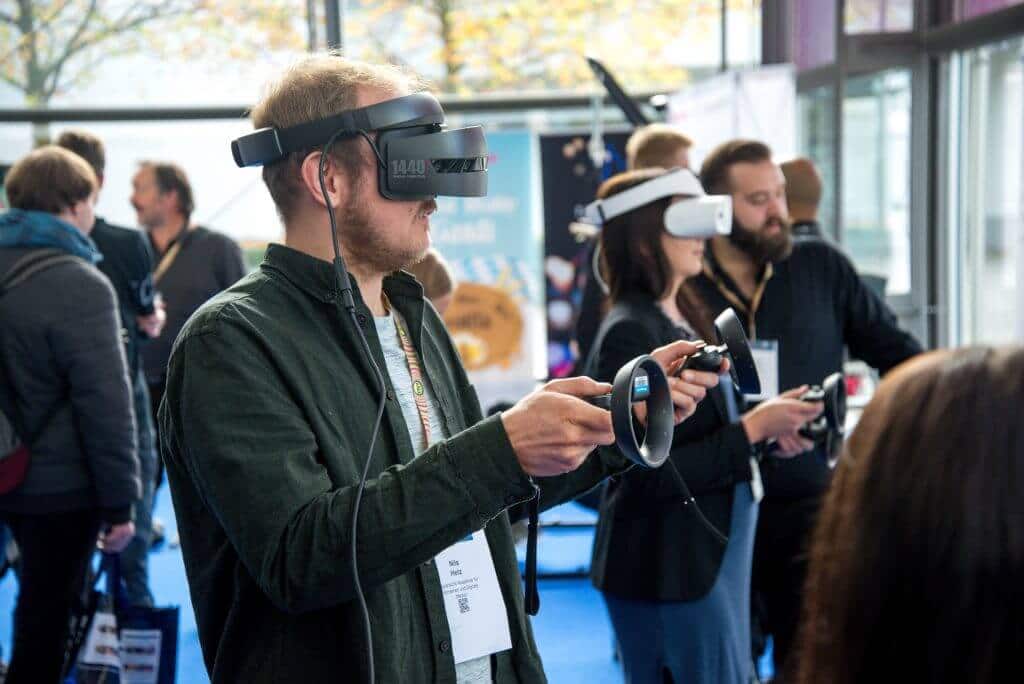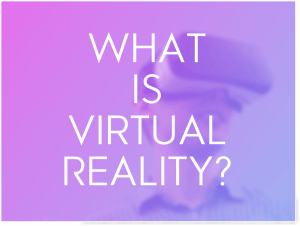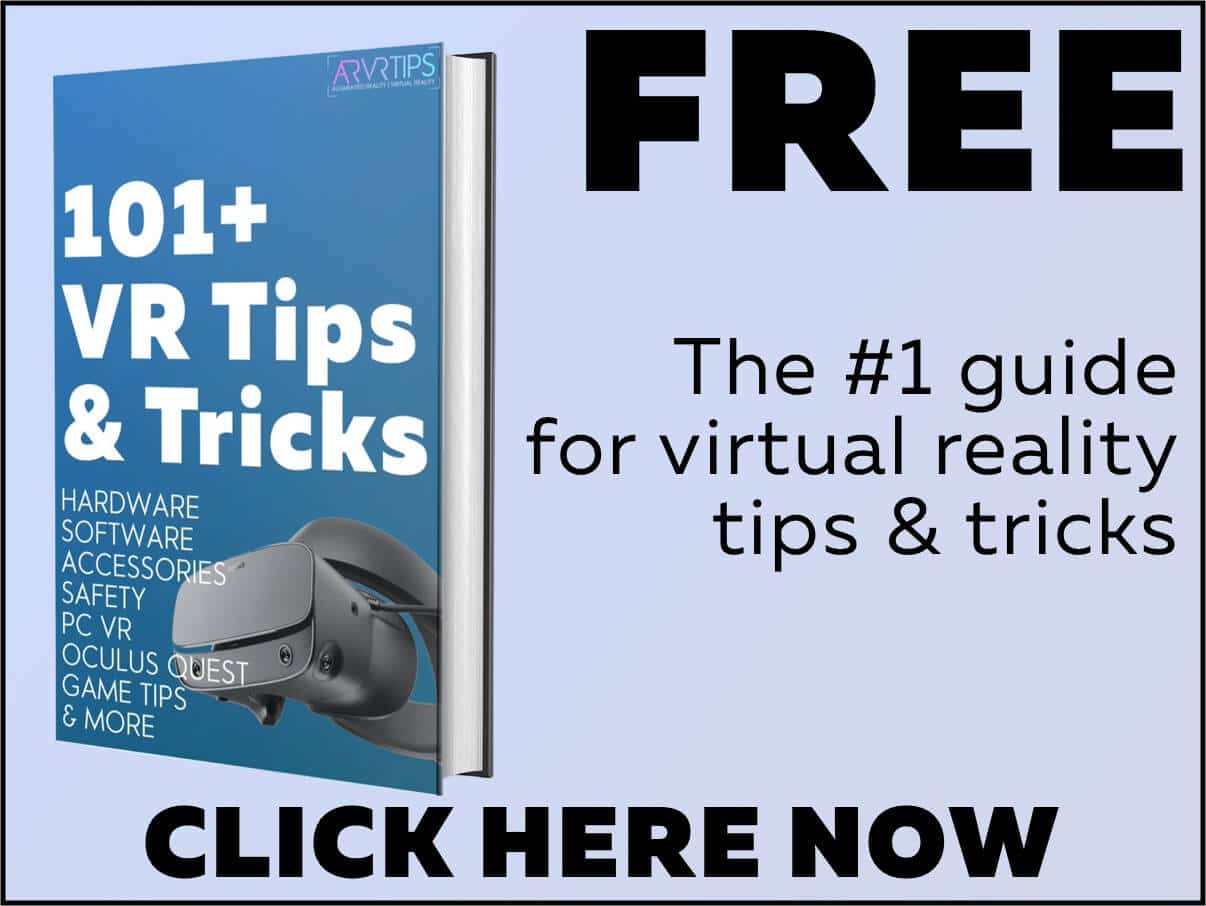Virtual Reality (VR) has a number of uses and benefits in all industries. But what is virtual reality? And how can it help you?
The guide below is an introduction to VR to help get you started. Our entire website is dedicated to practical uses for VR so go and check that out next.
What is Virtual Reality?
Virtual Reality is the application of placing your inside of a completely virtual environment. This virtual world is created by software and you are immersed in it through the use of a virtual reality headset.
Traditional virtual reality applications are games and entertainment, but there are a number of interesting educational and real world applications out there as well.
The Oculus Rift VR headset released in 2016 is often credited with bringing virtual reality to the mainstream and accessible for everyday casual users. Games for the oculus rift allow you fight off a zombie apocalypse, learn how to use tools with your hands, or test your reflex abilities.
The Lone Echo game for Oculus Rift allows you to board a space station and navigate around in zero gravity.

These examples are just one of many uses of virtual reality which we’ll outline below!
What is VR Used For?

Virtual reality has many uses and new applications are coming out daily. Traditionally, VR was not available to regular people due to high cost and limited computing power. There are now many software kits available that allow people to develop and interact with virtual reality.
Today, virtual reality is used in or being developed for a number of industries:
- Medical
- Educational
- Entertainment
- Gaming
- Shopping & Retail
- Social Media
In the medical field, vitual reality can help doctors practice complex surgeries in a completely virtual world.
In school, VR can be used to teach concepts and test hands-on applications.
Many games are being developed with VR, immersing players in full digital worlds inside of a VR headset.
In the shopping and retail areas, virtual reality can place you directly into different environment so that you can test out furniture in your living room or show you how a piece of clothing looks on your before you buy it.
Businesses are taking advantage of education advantages by offering VR safety training, on-the-job experience, and other simulation efforts.
To try out some real world VR examples, check out below.
Virtual Reality vs Augmented Reality
Compared to augmented reality which implements digital features into the real world, virtual reality places all of your senses into a digital world.
You wear a virtual reality headset and often a controller in each hand. In the virtual reality application, you will look, see, move, and feel as if you are apart of that works.
One advantage of virtual reality vs augmented reality is that you will immerse yourself into a digital world. VR arcades and games are very popular.
By contrast, augmented reality is a better application for real life situations. With a pair of augmented glasses (which look like regular glasses), a person could see instantaneous data such as their body temperature, heart rate, GPS of their surroundings, and more.
Examples of Virtual Reality

Like we mentioned before, virtual reality has use in a number of industries including medical, educational, entertainment, retail, and shopping. Here are some of the most popular examples of VR use:
Games
Apps
In addition, our home page focuses on virtual reality solutions, hardware, and devices to purchase that utilize this technology.
Does this help you understand what is virtual reality? Expect VR to become more and more mainstream over the next few years as new use cases are found.
What is your favorite use of virtual reality? Comment below and let us know!


